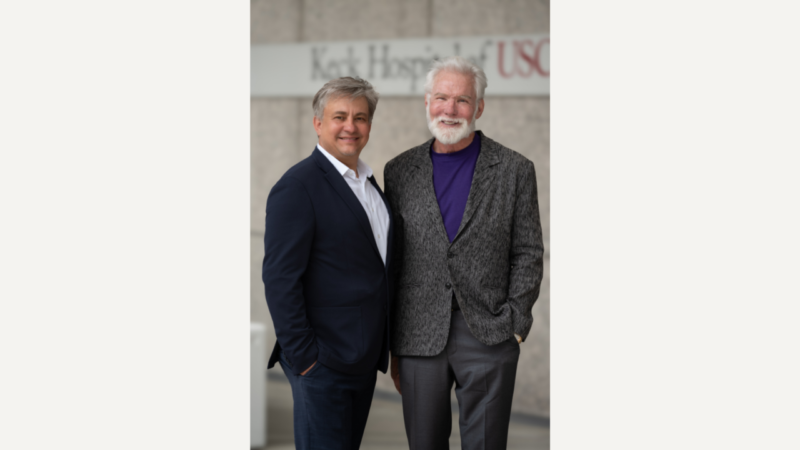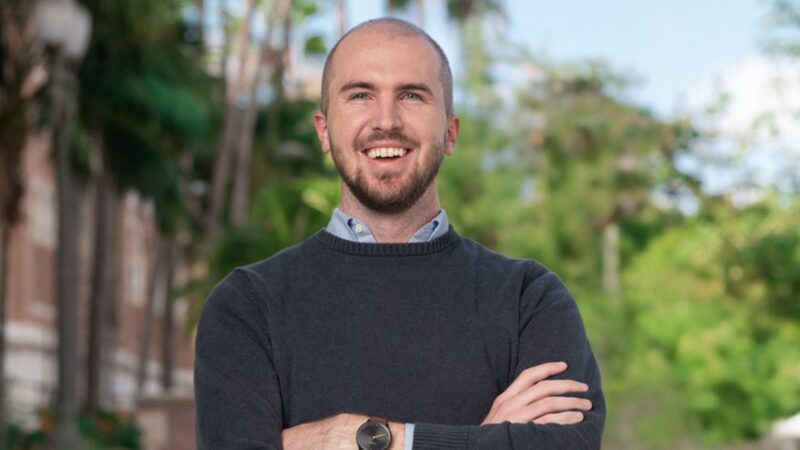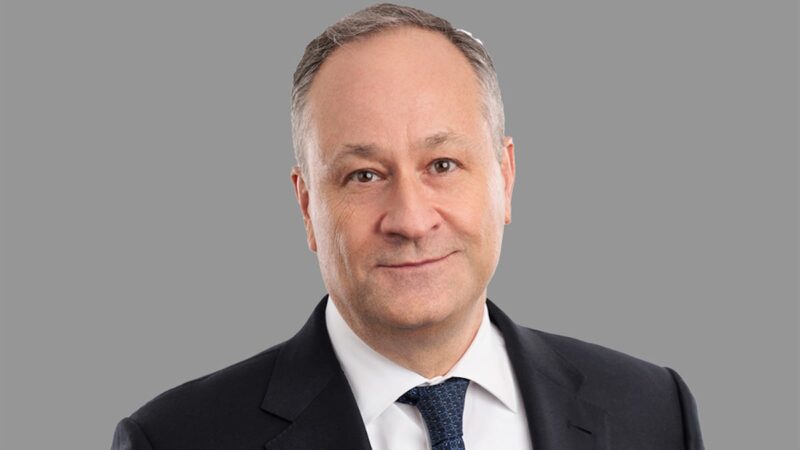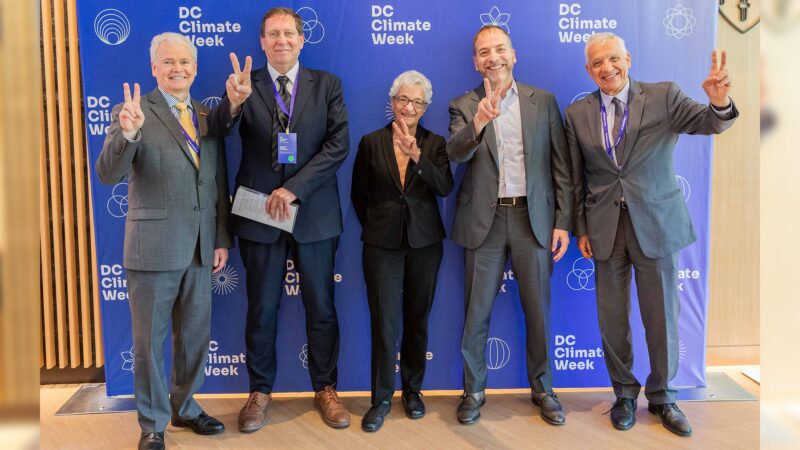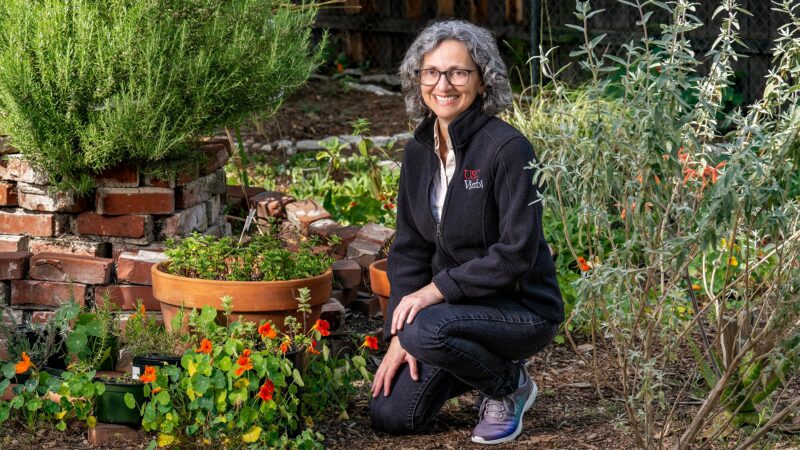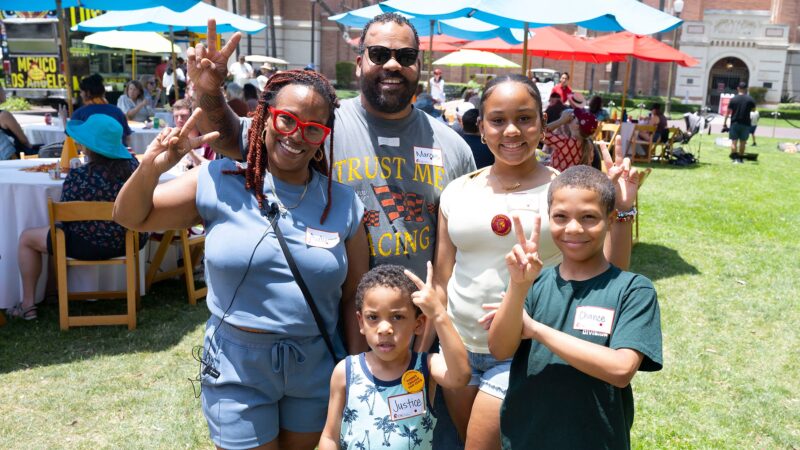R. Rex and Carol Parris Make $10 Million Gift to Launch USC Longevity Research Accelerator
Experts in engineering, gerontology and stem cell research will collaborate to find treatments for conditions like osteoarthritis and heart disease.
USC technology may reduce shipping emissions by half
New research shows how a shipboard system using limestone and seawater could cut maritime CO2 emissions by 50%.
USC Marshall’s Andrew Daw receives prestigious National Science Foundation award
The CAREER Award recognizes the assistant professor for his research on developing more efficient service models.
Wildfires, falling EV interest and transit doubts test L.A. ahead of the 2028 Olympics
The latest USC Dornsife LABarometer survey finds Angelenos grappling with climate stress, doubting transit readiness for the Olympics and losing interest in electric vehicles.
Your brain learns from rejection — here’s how it becomes your compass for connection
Rejection can feel physically painful, but it also provides a lesson for your brain on whom to connect with and how. A USC doctoral student explains.
Doug Emhoff joins USC Gould faculty as Distinguished Visiting Professor
The USC alumnus, who is married to former Vice President Kamala Harris, brings three decades of legal experience and leadership to the university’s law school.
Trojans celebrate history and freedom at USC’s largest on-campus Juneteenth event to date
More than 300 people enjoy fellowship at gathering highlighted by inspiring speeches, music and a soul food brunch.
USC Capital Campus hosts inaugural D.C. Climate Week Nature Day
USC deans and faculty share climate research and insights as part of a full day of programming at the USC Capital Campus.
From permafrost to policy: Mahta Moghaddam is tracking changes to the Earth in its most extreme environments
The USC researcher shares how her work in remote sensing is helping scientists, students and institutions take action.
Alumni event brings together Trojan Family months after the L.A. wildfires
STORY AND VIDEO: A USC Alumni Association lunchtime gathering provides replacements for burned diplomas, USC swag and connection for Trojans affected by the Eaton and Palisades fires.
